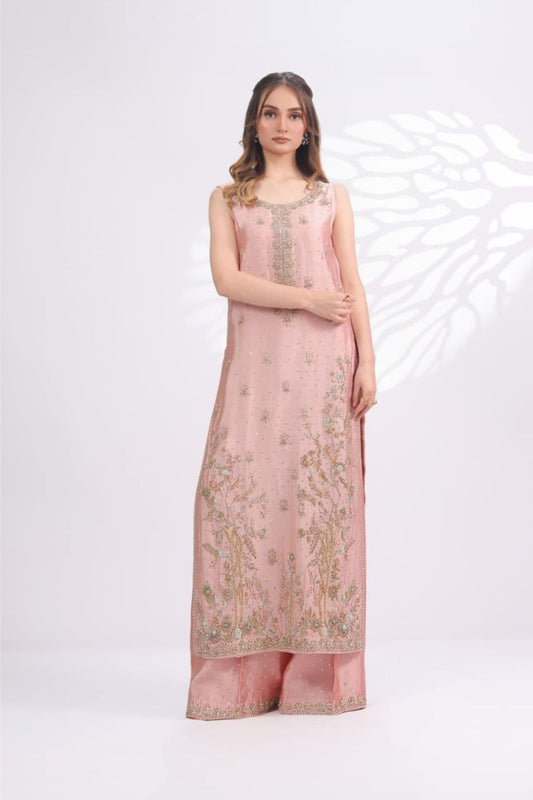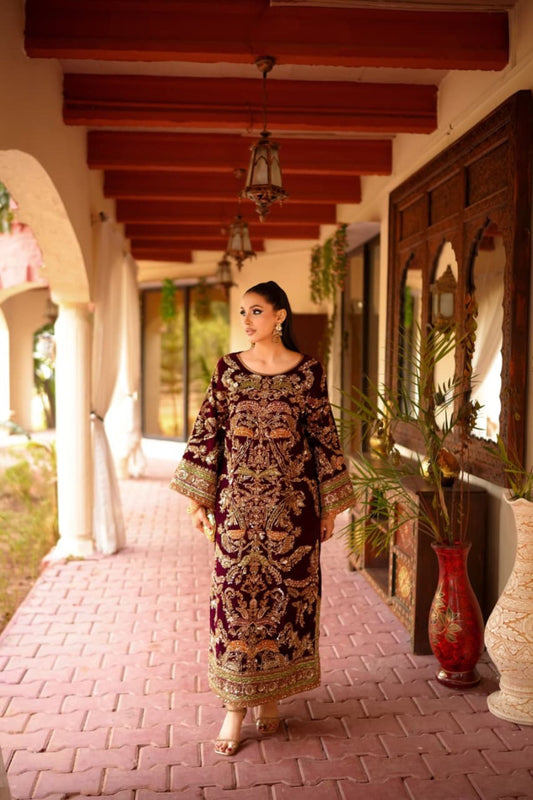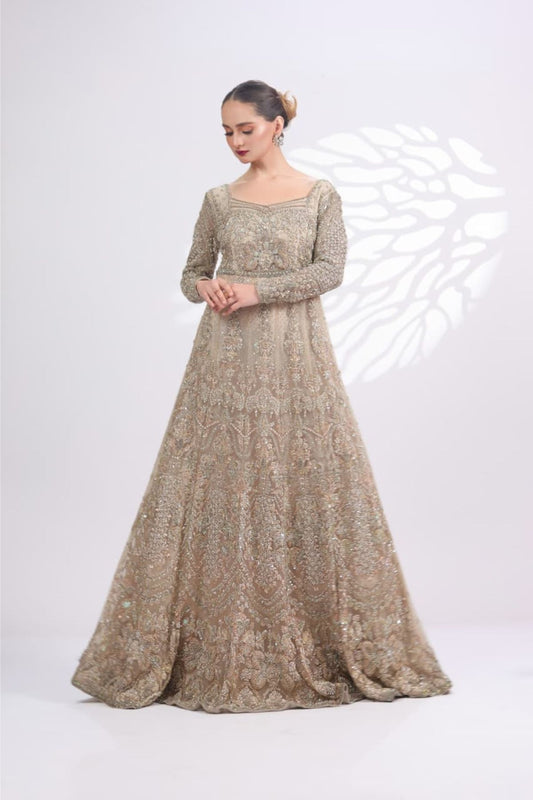Elevate Your Style: A Guide to Formal Dresses for Formal Events
Introduction
When the invitation to a formal event arrives, excitement and anticipation fill the air as you look forward to dressing up and making a lasting impression. Formal events offer the perfect opportunity to showcase your elegance, poise, and personal style. However, navigating the world of formal dresses can be overwhelming, with numerous options and styles to choose from. In this blog post, we will guide you through the enchanting realm of formal dresses, helping you find the perfect ensemble that exudes confidence and sophistication for your next formal event.

A Guide to Formal Dresses for Formal Events
A formal event is one that requires you to dress up. The most obvious example would be a wedding, but it could also be a gala or formal dinner party. Formal dresses often feature intricate design details like lace and beading that go beyond what you'd find in everyday clothing.
Formal dresses are typically long-sleeved (although sleeveless styles are becoming more common), and they're generally made from luxurious fabrics like satin or silk. They might also have embellishments like sequins or beads sewn into them for extra sparkle!
What Is a Formal Dress?
A formal dress is a long, elegant gown that is traditionally worn to formal events. These can include proms, weddings and awards ceremonies.
A formal dress should be long enough to cover your knees when you sit down but not so long that it drags on the floor like a bridesmaid's dress would do (unless you're actually getting married). It should also be made of silk or satin rather than cotton or polyester--the latter materials are common in regular day-to-day wear but feel too casual for special occasions like weddings or award shows where people want to look their best!
What Should I look for in a Formal Dress?

- The dress should be formal and match the occasion.
- It should be appropriate for your body type.
- It should be appropriate for the season.
- It should be appropriate for your age group (if it's a special occasion).
- And, finally, it should reflect who you are as a person--your personality!
What Should I Avoid When Buying a Formal Dress?
- Avoid trends.
- Avoid fabrics that are too heavy or too light. A formal dress should be made from a fabric that is tailored and comfortable, but also has enough structure to hold its shape throughout the evening.
- Avoid styles that are too tight or too loose. If you're looking for something elegant, avoid dresses with a lot of ruffles or embellishments--they can make you appear frumpy and unapproachable if done wrong!
- Avoid styles that are too short or long; ideally, your dress should hit just below the knee at its shortest point (this will vary depending on your height). Anything above this will look inappropriate for most events unless they specifically state otherwise in their dress code guidelines.
Understanding Formal Dress Codes
Before embarking on your quest for the ideal formal dress, it is crucial to understand the specific dress code for the event. Each dress code comes with its own set of guidelines, determining the appropriate length, design, and embellishments of the dress. Make sure to adhere to the dress code to ensure you blend seamlessly with the event's ambiance.
Classic Elegance: The Timeless Ball Gown
The ball gown is a symbol of classic elegance, making it a popular choice for formal events like galas, charity balls, and weddings. This floor-length dress features a fitted bodice that accentuates the waist and a voluminous skirt that flows gracefully to the floor. Ball gowns come in various fabrics, such as silk, satin, and tulle, and are often adorned with intricate embroidery, sequins, or beading for an extra touch of glamour.
Contemporary Chic: The A-Line Dress
The A-line dress is a versatile option that flatters most body types. It gently hugs the waist and then gradually widens to create an "A" shape, hence the name. This dress is suitable for a wide range of formal events, including cocktail parties and semi-formal gatherings. It’s simple and elegant design allows you to accessorize and personalize your look, making it a popular choice among fashion-forward attendees.
Redefining Glamour: The Mermaid Dress
For those seeking to make a dramatic entrance, the mermaid dress is a show-stopping choice. This form-fitting dress accentuates the curves and contours of the body and then flares out at or below the knee, resembling the tail of a mermaid. Often crafted from luxurious fabrics like satin or velvet, the mermaid dress is perfect for upscale events and award ceremonies, where you want to leave a lasting impression.
Effortless Sophistication: The Sheath Dress
The sheath dress is the epitome of understated sophistication. Its figure-hugging silhouette creates a sleek and polished look that is ideal for formal business events, cocktail parties, and evening receptions. Pair it with statement jewelry and heels to elevate the overall appearance and make a memorable impact.
Embracing Modern Trends: Jumpsuits and Pantsuits
In recent years, jumpsuits and pantsuits have gained popularity as contemporary alternatives to traditional formal dresses. A well-tailored pantsuit can exude confidence and empowerment, making it an excellent choice for women who prefer a chic and modern outfit for formal events.
Conclusion
Formal events offer a splendid opportunity to express your personal style while embracing elegance and sophistication. Whether you opt for the classic allure of a ball gown, the chic simplicity of an A-line dress, or the modern edge of a jumpsuit, the key is to choose a formal dress that aligns with your individuality and adheres to the event's dress code. By making a conscious and well-informed choice, you'll undoubtedly turn heads and create lasting memories at your next formal affair.






